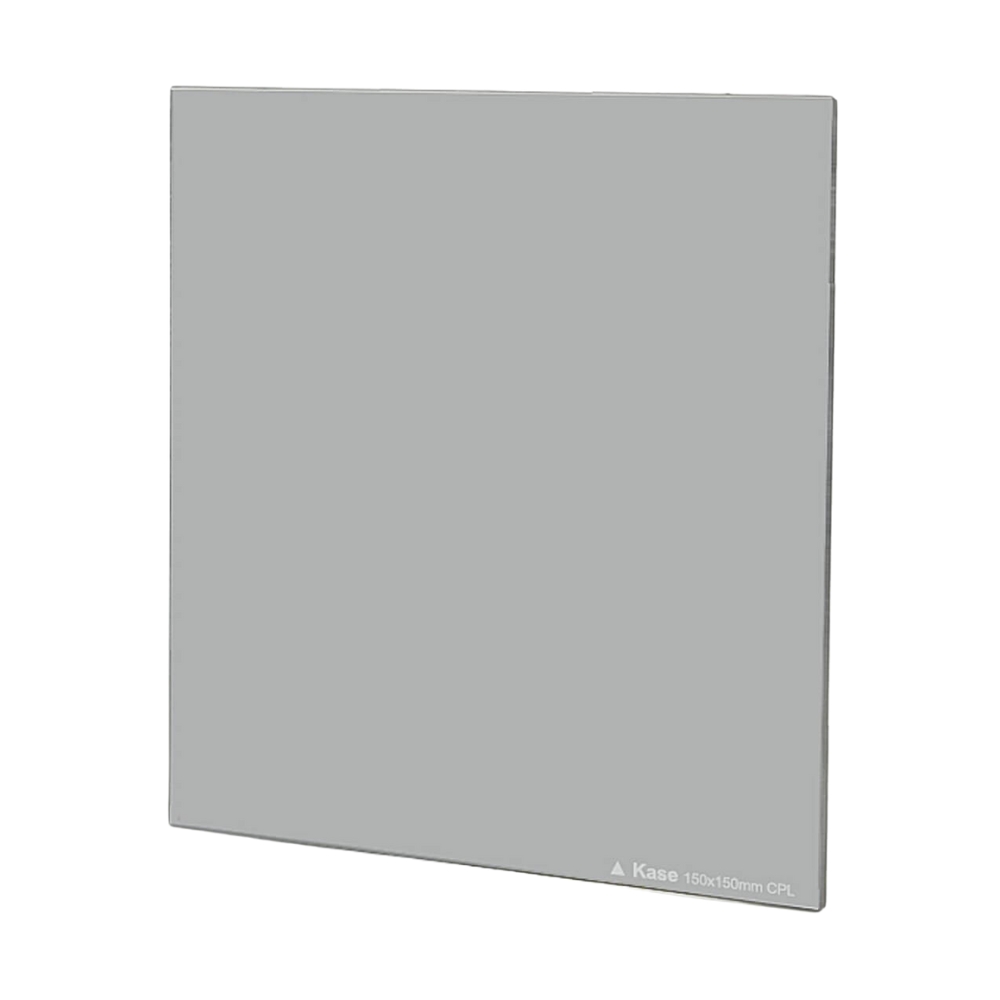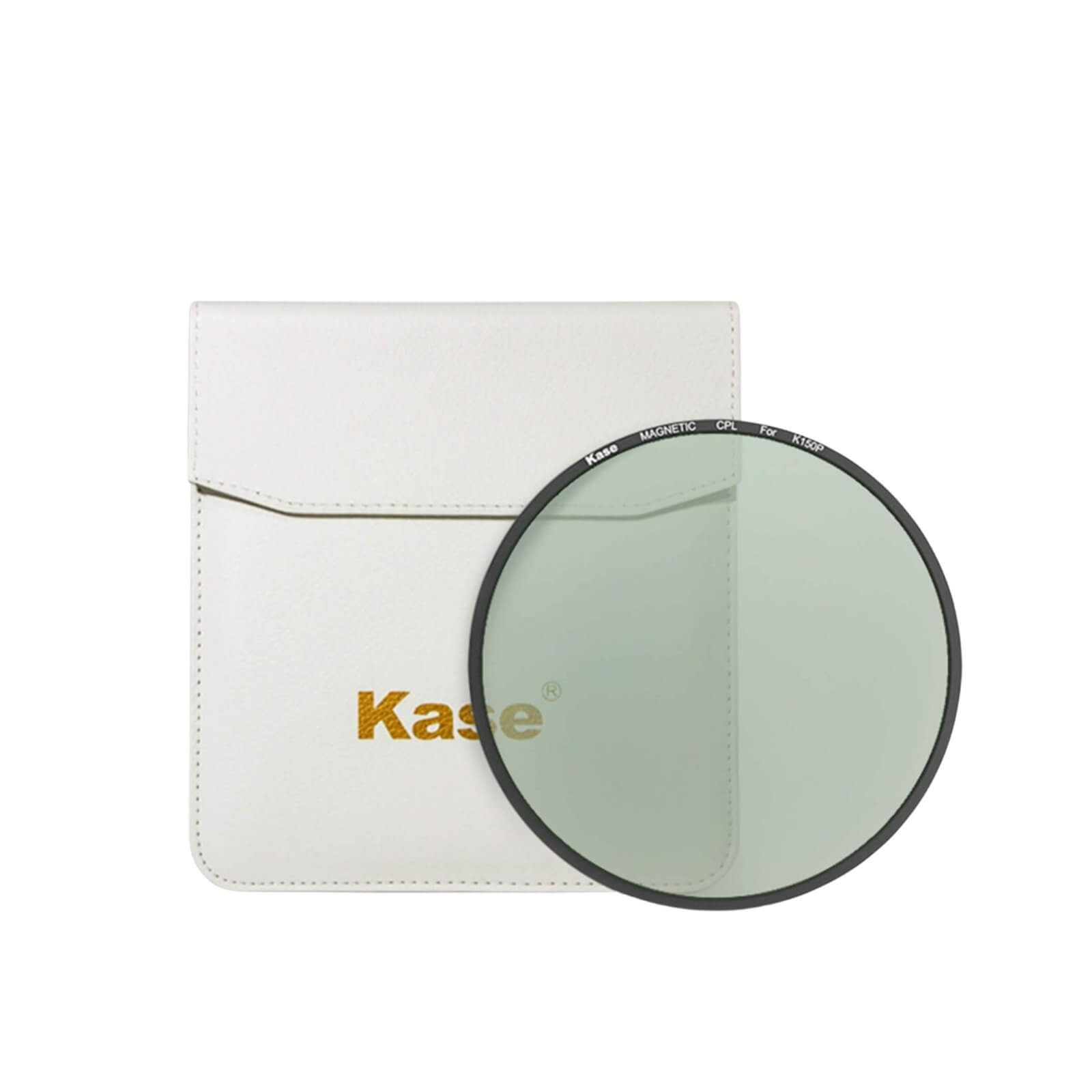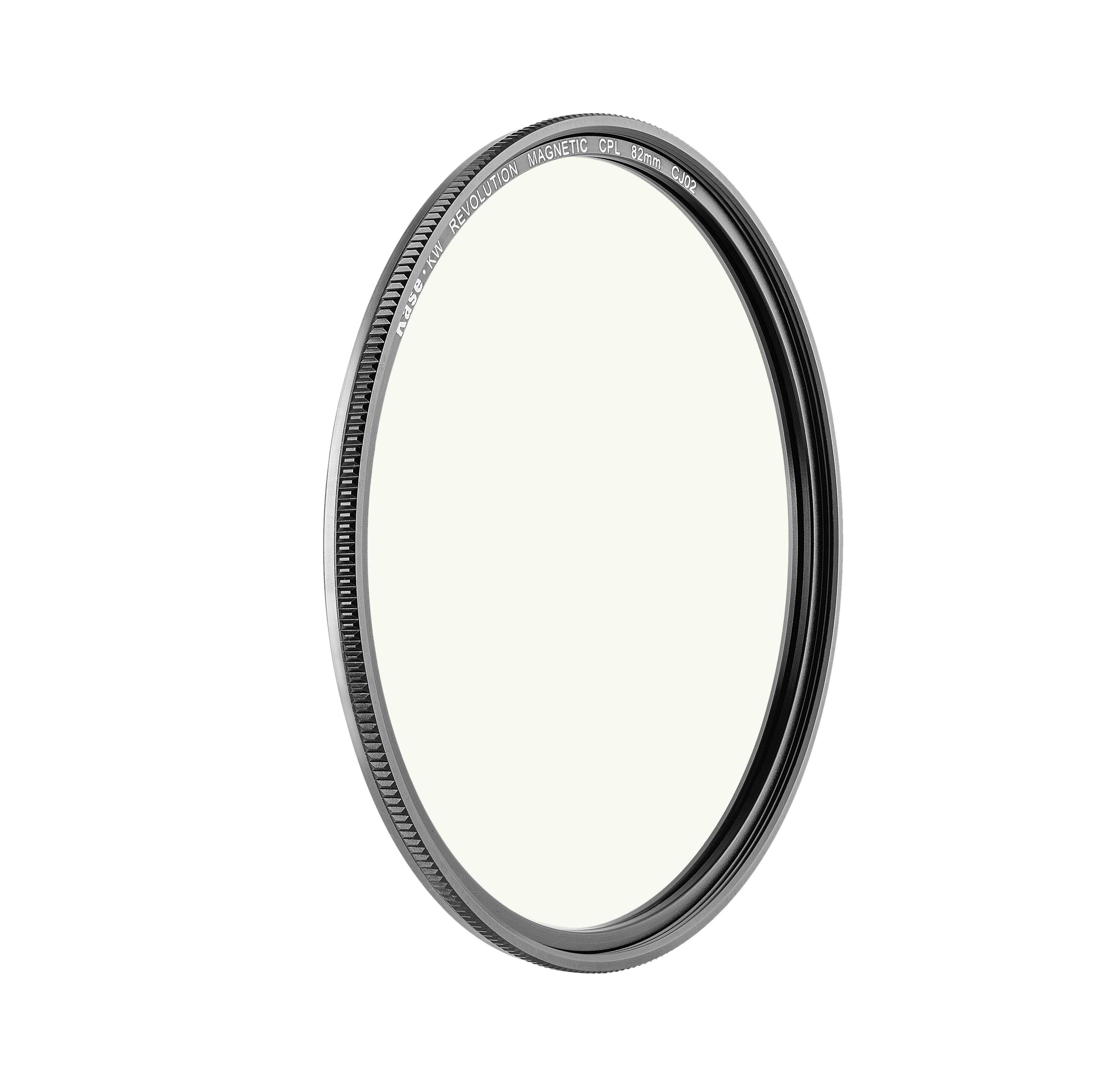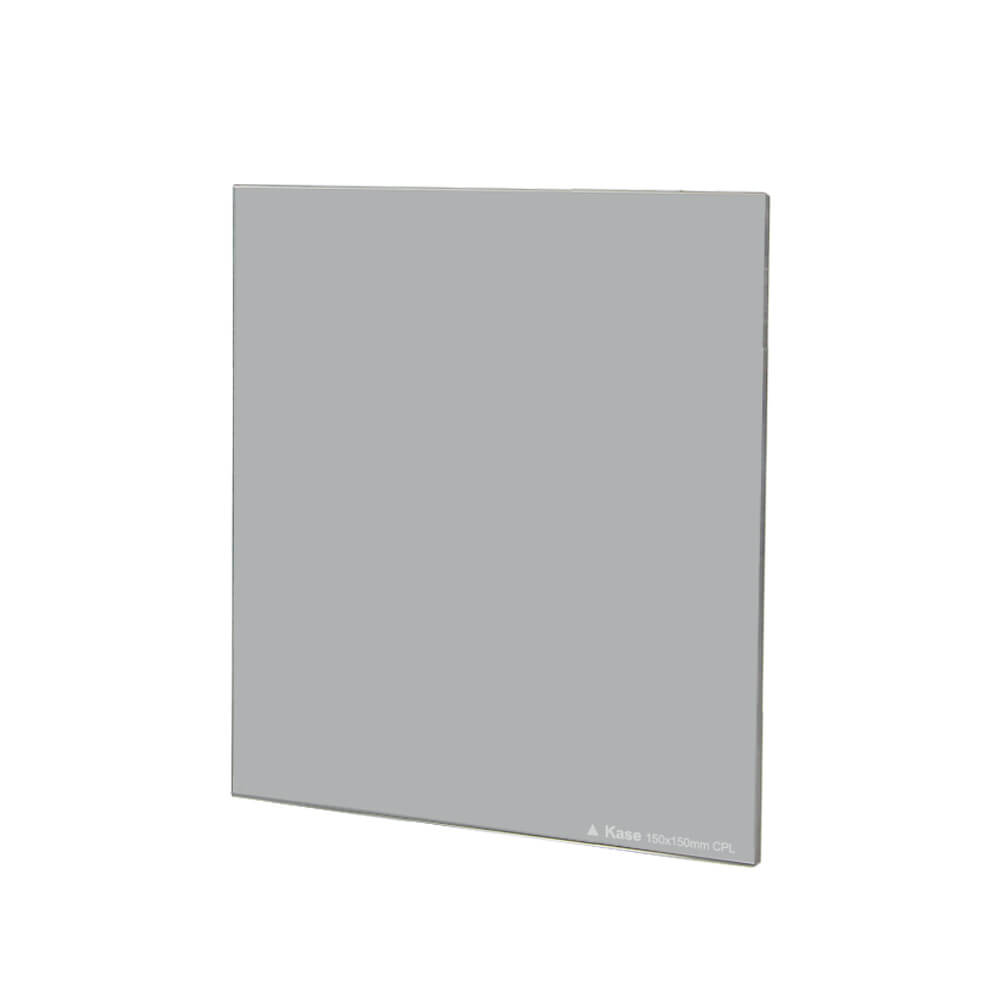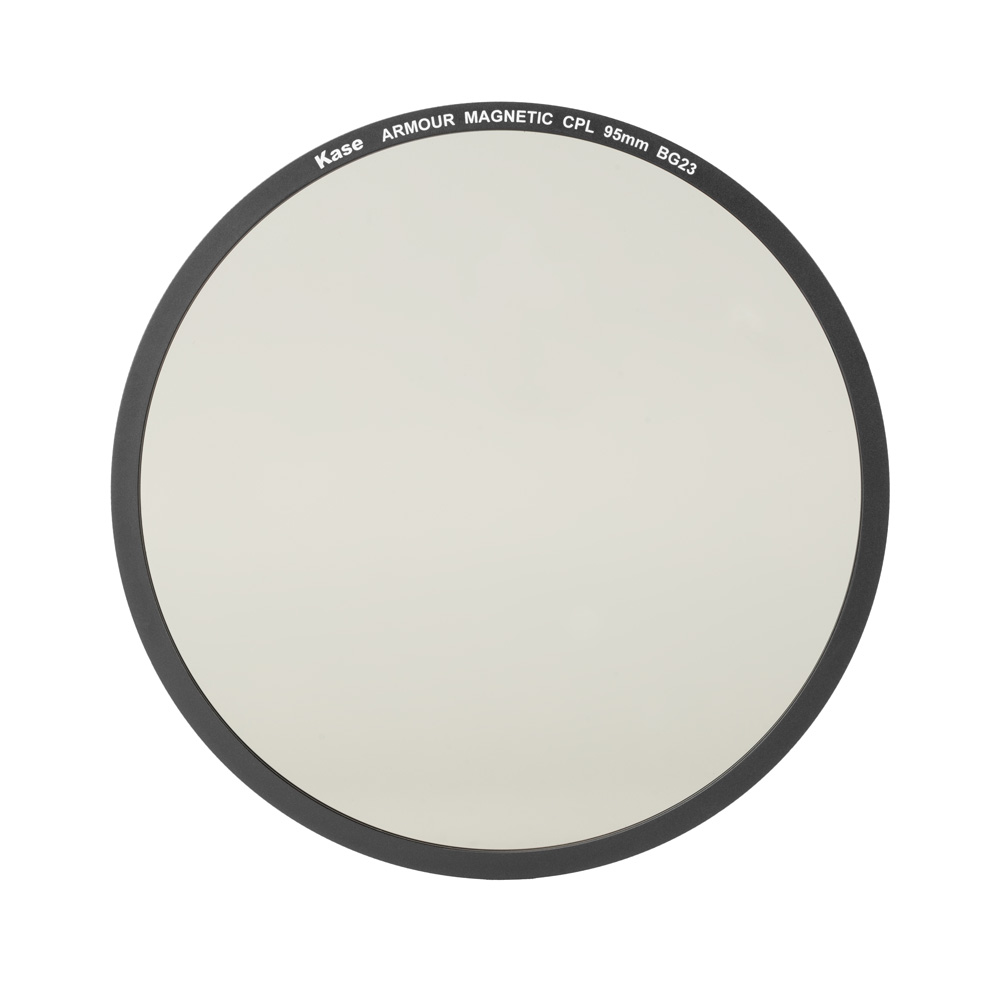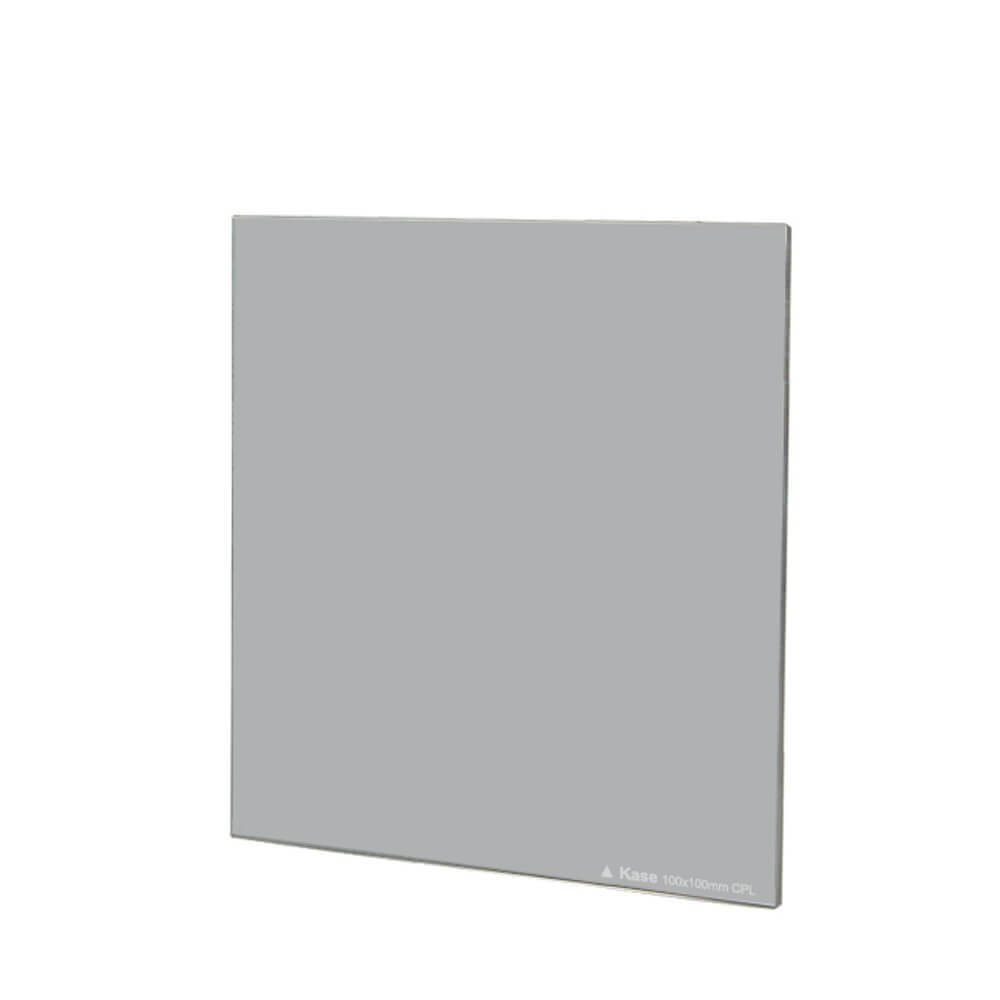When and how to use a circular polarizing (CPL) filter – Full guide
Circular polarizing (CPL) filters are used to remove reflections, glare and intensify colours improving the contrast. They can make a big difference in your photography, make images vibrant and with clear details. Learn everything about how to use a circular polarizing filter effectively, when to use them and when it’s better to shoot without a CPL filter.
Jump to:
How to use a CPL filter
When to use a circular polarizing filter
When not to use a polarizing filter
Polarizer & different types of photography
Tips on using a circular polarizer filter
How to use a circular polarizing filter
Using a circular polarizer filter effectively requires a bit of know-how and practice, but it's not as complicated as it might seem at first glance. Just follow these steps:
- Attach the filter: Screw the CPL filter onto your camera lens. Check that it's securely attached but not overly tightened.
- Find the right angle: To achieve the best effect, position yourself so that the sun is roughly at a 90-degree angle to your shooting direction. You can use the “L” rule of thumb: make an "L" shape with your thumb and index finger, pointing the thumb at the sun; the direction your index finger points is the direction in which the polarizer has the maximum effect.
- Set the focus: Some cameras may struggle to autofocus through a polarizing filter. To ensure sharp focus, adjust the focus manually.
- Rotate the filter: Circular polarizing filters have a rotatable outer ring that allows you to adjust the level of polarization. Rotate it while looking at your camera’s LCD screen or viewfinder. You'll notice changes in reflections and colours as you turn the filter. Rotate it until you achieve the desired effect.
How to take off a polarizing filter
Remove any lens caps and hoods and after carefully unscrew the filter from your lens, making sure not to force it. Keep your filter in a protective case to prevent scratches and damage when not in use.
When to use a circular polarizing filter
CPL filters work best when there is a lot of light. They are incredibly versatile and can help you take better photos in various situations.
Reducing reflections
The most common case of using a circular polarizer is for removing reflections. When photographing through windows, glass or other reflective surfaces, a CPL filter can help to eliminate them and capture what’s behind the glass with clarity.
Shooting water scenes
When you want to shoot a landscape with a sea, river or lake where you can see through the water, a circular polarizing filter is something that you need. By reducing reflections on the water’s surface, the filter will reveal the submerged textures and details. This can make a photo more interesting and deep. A CPL filter will also remove reflections from wet stones and rocks allowing to capture their true colour without highlighted spots.
Capturing photos of foliage
Circular polarizing filters reduce glare and reflections also on the leaves. This enriches the colours of foliage, flowers and other vegetation. As a result, greens, yellows and reds become more vibrant and intense.
Photographing the sky
When shooting landscapes with the sky, a circular polarizer can be used to deepen the blue hues of the sky, making the sky more vibrant and clouds stand out.
Enhancing colours
A circular polarizing filter intensifies colours making them a bit darker and richer. The photos taken with it have a better contrast.
When NOT to use a polarizing filter
Even though a CPL filter is a really handy and useful tool in photography, in some situations it’s better to leave it off.
Keeping the reflections
Sometimes, you may want to include some reflections for artistic effect. For example, if you're aiming to capture reflections of coloured light, such as sunlight dancing on water, it's better to skip the polarizer. These reflections can add interest and depth to your images, and the filter will just ruin the artistic part.

Shooting in low light/at night
When shooting in low light or at night, the reflections usually are not a problem. On the contrary, you may need to add more light to capture the details of the scene. With the circular polarizing filter reducing the light by around 2 stops, you risk taking an underexposed image. It’s not a good idea to use a CPL filter in the blue hour either.
When shooting with the sun behind you
The polarization is most effective when the light source is at a 90-degree angle to your shooting direction, so if the sun is right behind you there won’t be much effect.
Shooting panoramas
When capturing panoramic scenes, using a circular polarizer can lead to uneven polarization and darkened parts of the image. If you want to maintain consistent brightness and colour saturation across the panorama, it's best not to use the filter.
Using wide-angle lenses
Similarly to the issue with shooting panoramas, wide-angle lenses do not allow for an even polarization. When using a CPL filter with this type of lens, you are most likely to get dark patches on the sky and vignetting.
Using polarizing filters in different types of photography
Now that you know what effects you can achieve with a circular polarizing filter, let’s see how they can help in different types of photography:
- Landscape photography: Rich blue skies, transparent water bodies with aquatic life, vibrant colours – that’s what CPL is used for.
- Architectural photography: Eliminate annoying reflections on glass buildings to capture clean and crisp shots of urban scenes.
- Product photography: Remove unwanted reflections from the products to show their true look. Particularly useful when shooting jewellery and watches.
- Car photography: By reducing glare and reflections from shiny surfaces with a CPL filter, you can capture the true colour and texture of the car.
- Outdoor portraits: Reduce glare from the skin and improve the overall contrast of the image.
Tips for effective use of circular polarizing filter
- Avoid over-polarization: Always check how the image looks like on the screen and adjust the filter before shooting. Too much polarization can make your skies look unnaturally dark.
- Adjust the filter: Lighting conditions can change rapidly, especially when shooting outdoors. Do not forget to adjust the CPL filter accordingly as you move from one scene to another or as the sun changes position throughout the day.
- Check the settings: A circular polarizing filter reduces the light entering the lens by around 2 stops. You may need to compensate for the correct exposure.
- Practice, practice and more practice: Experiment with different settings, scenes, and filter combinations to find what works best for your unique style.
Explore Kase polarizing filters
In Stock
In Stock
In Stock
Preorder possible
In Stock
In Stock













